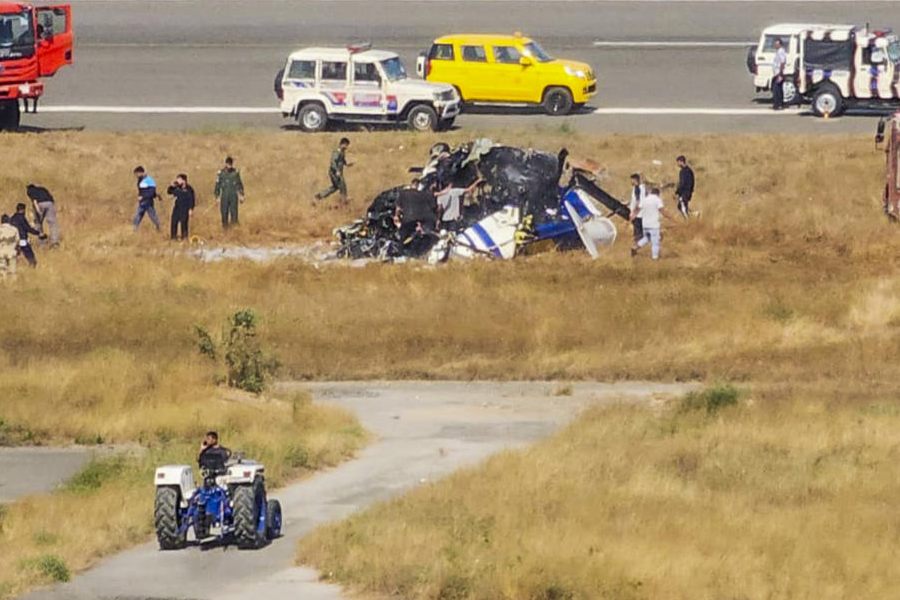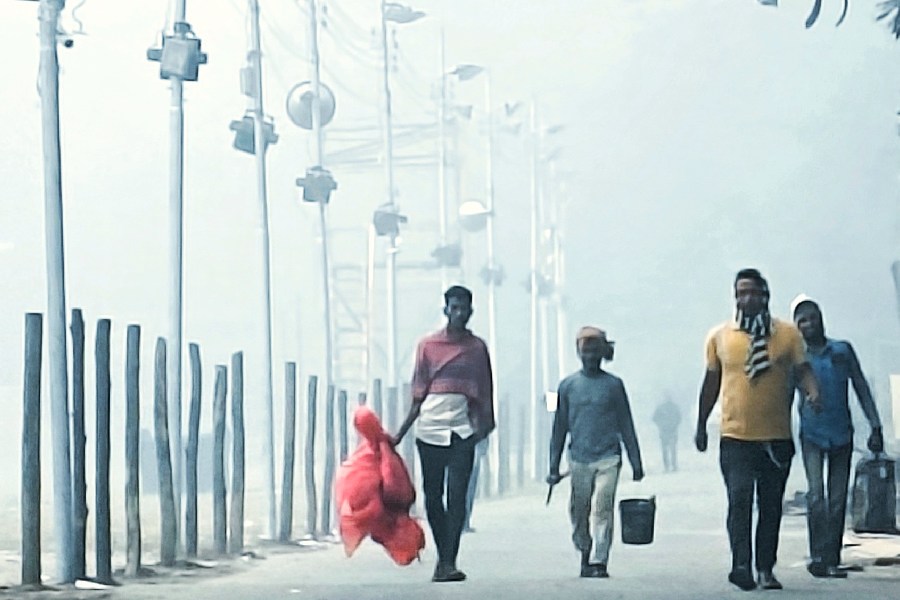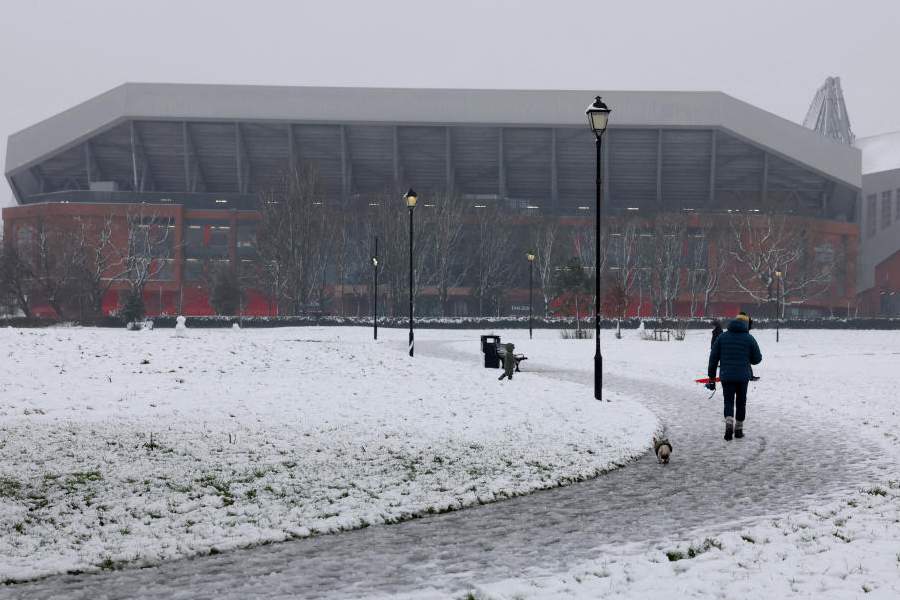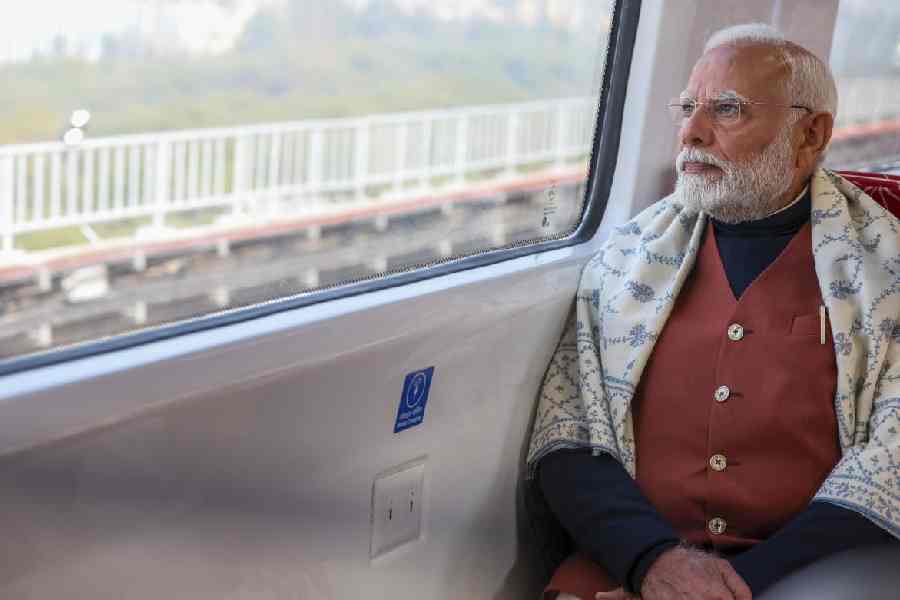 Monday, 06 January 2025
Monday, 06 January 2025
 Monday, 06 January 2025
Monday, 06 January 2025
This Sunday was the day that Daniel García, a Venezuelan delivery worker living in the capital of Colombia, had planned to begin an arduous land journey toward the United States.
Then Donald Trump became president-elect, and everything changed. Unsure if he could make it to the border before Trump’s inauguration, and fearful that he would be turned away once Trump was in office, García, 31, has decided to stay put.
“It is a very high investment,” he said of the journey north, which he figured would cost him $2,500, about a year’s savings. “I prefer not to risk it,” he added.
With Trump now headed back to the White House, many potential migrants are rethinking their plans, while border officials are working hard to understand what a Trump presidency will mean for the number of people trying to make it to the United States.
Trump made a broad crackdown on immigration a pillar of his campaign — a message that spread around the world.
In Mexico, humanitarian groups and migration officials are preparing for a possible rush of migrants to the United States before he assumes the presidency in January.
“The vast majority of those in Mexico are going to try to get to the border,” said Irineo Mujica, the Mexico director of People Without Borders, a transnational advocacy group. “The door definitely closes now, and a lot of them are going to try to make a run for it.”
But it is too early to tell if that surge will actually materialize. Online, in Facebook and WhatsApp groups where potential migrants share information, smugglers are using Trump’s election to urge people to use their services — now.
“There’s still time,” said one smuggler in a WhatsApp group for potential migrants that has more than 400 members.
A person in good health, with some savings and luck, can make it from South America to the U.S. border in about two months.
If the person is kidnapped, robbed or assaulted — common experiences for migrants, particularly when passing through Mexico — it can take longer.
And, of course, many migrants never even get close to the U.S.-Mexico border. They are deported, stopped by Mexican authorities or become victims of injuries — or worse.
Some people who had considered the journey, however, said they have already decided that Trump’s election means that they will not try to make it to the United States, by illegal or legal means. Some said they feared deportation, or simply an unwelcoming climate.
Trump has blamed immigrants for many problems in the United States, like crime and rising housing costs, and has vowed to carry out the largest mass deportation effort in the country’s history.
In Maracaibo, Venezuela’s second largest city, Josefina Quintero, 59, said her daughter had left for the United States years ago and had urged her to consider applying for a legal entry program known as humanitarian parole so the family could be reunited.
Quintero, who makes about $20 a week doing cleaning work, never applied. She worried about leaving her 90-year-old father, who has dementia, and she now believes that Trump will end the program.
“That dream is gone. I have to settle with staying,” she said. “It hurts me not to meet my grandchildren in person, to never hug them. I will continue talking to them by video call until there is a new opportunity.”
Migration at the U.S. southern border surged to record levels under the Biden administration, fueled by poverty and conflict in countries like Venezuela and Ecuador. Another factor has been the growing popularity of a route through the Darién Gap, the jungle straddling South and North Americas that was once a formidable physical barrier for people who sought to trek to the United States.
Trump blasted the Biden administration’s border and migration policies, calling them too lax. On the route to the United States over the past two years, many Venezuelans have told New York Times reporters that part of their decision to make the journey had to do with a belief that President Joe Biden had created a special border entry policy for people from their country.
In 2022, apprehensions of migrants at the southern border surged to 2.2 million, feeding discontent in the United States and becoming a centerpiece of the November presidential election.
Crossings at the U.S. southern border have slowed in recent months, as the Biden administration cracked down, narrowing options for claiming asylum and encouraging countries along the route to make it more difficult for people to pass through. The administration has also expanded legal entry programs.
The Mexican government has made it particularly arduous for people to traverse the nation, sending migrants who arrive in the northern part of the country back to distant southern regions, and creating what one researcher called a “migratory carousel.”
In this loop, migrants have to cross Mexico again and again to make it to the U.S. border, worn down in each attempt by criminal groups that use violence to extract money. In some cases, they have become the victims of migration officials and even the armed forces.
Some people who had considered migrating in recent months said a growing understanding about the risks of the route — and not Trump’s election — ultimately swayed them against making the journey.
Berky Silva, 49, who lives in a working-class part of Caracas, the Venezuelan capital, said two relatives, a father and son, had left recently for the United States, fleeing a wave of repression inside the country.
The last she heard of them, in early November, they had been kidnapped in Mexico and needed $4,000 to be freed.
Facing this kind of violence on the route, only to face “xenophobia or being illegal” once she arrived in the United States, she said, “is not something I want to experience.”
Some would-be migrants said they were considering staying put for a different reason: A number of Venezuelans said they viewed Trump’s election as potentially positive for their country.
They thought the incoming president might be able to oust their nation’s autocrat, Nicolás Maduro, eliminating the need to leave. (Analysts say this is unlikely to happen.)
Pedro Ron, 28, a delivery worker from Venezuela who lives in Bogotá, the Colombian capital, said his neighborhood was full of celebrating Venezuelans on Nov. 6, the day after Trump’s victory.
“We all cried when we heard the result,” he said. “Everybody was like, ‘I hope Trump lends a hand to help.’”
U.S. border apprehensions may be down, but there are still thousands of people already en route to the United States and many others who say they have migration plans firmly in place — no matter who the president is.
In Ecuador, Javier Olivo, 50, a construction worker from Guayaquil, a large city on the country’s Pacific Coast, said that because of his country’s security problems — an expanding narcotrafficking industry has unleashed a surge of violence — he had been thinking for years about heading to the United States.
Now, frequent electricity cuts — caused by a historic drought that has been made worse by climate change — have increased his desire to leave.
While he had heard that Trump planned to treat migrants with a “heavy hand,” he said that the decision to go to the United States with his wife had “already been made.”
“With God’s help, we hope things go well for us there,” he said. His trip is planned for May.
There are now three migrant caravans in southern Mexico heading north — the largest of them with about 1,600 people, according to the United Nations Refugee Agency.
More caravans, which migrants often join for protection against criminal groups, are expected to come together in the next few days, said Luis Rey García Villagrán, a migrant advocate who has helped organize them for years.
At a shelter in the Mexican border city of Tijuana, Rosalba Magallón, 45, said she used to sell quesadillas in the Mexican state of Michoacán, until cartel members burned her house when she refused to pay extortion fees.
It did not matter that Trump was about to become president, she said. She fears that cartel gunmen may have followed her to Tijuana, and she thinks the United States is the only place she might find safety.
“I fled, and now I live in uncertainty,” she said. “We are obviously worried about the arrival of Trump, but I can’t go back.”
The New York Times Services







